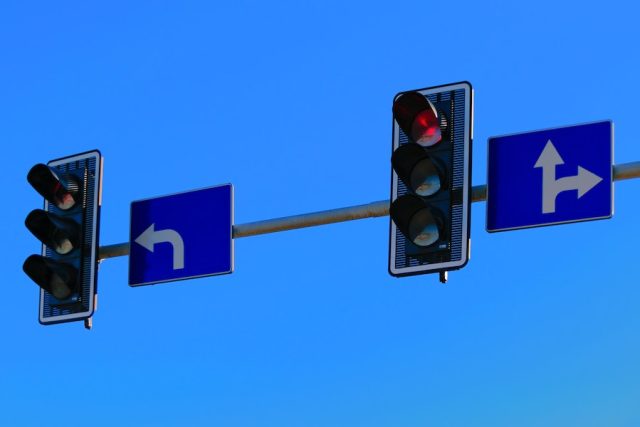You are taking a risk every time you drive your vehicle. There is always the potential for an accident.
The accident may be your fault, the other driver, or maybe no one is to blame. Regardless of who is or isn’t at fault, you probably still have damage to your vehicle. Side impact and rear-end collisions can occur anywhere; however, accidents tend to occur more frequently at intersections with and without traffic lights.
So, what are the legal complexities of red and yellow light collisions? We’ll take a look at the legal ramifications and what can place the blame on one driver or another.
Brief Review Of Basic Traffic Laws In Intersections
Sometimes, making it through a busy intersection without an accident is a reason to celebrate. Between lanes turning and others going straight, it can seem like vehicles are coming at you on all sides, which can be especially true at intersections without traffic lights.
Suddenly, stop signs are being treated as a suggestion instead of the law. At four-way stops, a common question is who goes first—does the vehicle going straight have the right-of-way or the one turning across traffic?
In this instance, the driver arriving first at the intersection usually has the right-of-way, meaning they get to proceed first. Intersections with traffic lights make it easier to know when to stop and go, but accidents still happen, and then the legal ramifications begin.
Who Is At Fault During A Red Light Accident?
Everyone knows what a red light means. Whether the red light is flashing or solid, it is signaling drivers must come to a complete stop. You also want to pay attention to where you stop; the solid white line is there for a reason, and your front tires must be behind the white line.
Failing to come to a complete stop or being over the white line can result in a moving violation ticket. The amount of the ticket will vary by municipality. Taking the ticket to court may result in a reduced penalty, but there’s still a good chance the driving infraction ends up on your record. While the infraction isn’t going to affect the status of your driver’s license, it can result in higher insurance payments.
So, what about an accident at a red light? Who is at fault? The answer is usually simple: the driver failing to stop at the red light is at fault. You can try arguing the point in court, but don’t expect to win your case, and this also applies when your vehicle is over the white line. If your car is struck by another vehicle, you’re still getting a traffic ticket for the infraction.
The legal complexities are pretty cut-and-dried in these scenarios. However, it can be a little more complex when one or both drivers are uninsured. The driver who disregarded the red light is still at fault, but a citation will also be issued for anyone driving without motor vehicle insurance.
Driving without insurance can result in a suspended license, and you’re not allowed to operate a motor vehicle until you can provide the court with proof of insurance.
Who’s At Fault In Yellow Light Accidents?
Static yellow traffic lights are typically flashing signals, but not always. Sometimes, the light is solid. Regardless of a flashing or solid yellow light, the meaning is the same. Yellow indicates caution when crossing an intersection.
Yellow lights can often be confusing, and figuring out who goes first and whether you’re legally required to stop are common questions. In general, the first driver to arrive at the intersection has the right of way. This means that the accident is your fault if you hit the vehicle with the right of way.
As for coming to a complete stop at a yellow light, the law only suggests proceeding with caution. In other words, ensure there is no incoming traffic before crossing the intersection. You may only need to slow down to a crawl or come to a complete stop.
The traffic laws can get even more confusing when a vehicle turns at a yellow light and the other goes straight. Typically, the first driver to the intersection still has the right-of-way. If an accident occurs between a vehicle going straight and one turning, it may not matter which driver has the right-of-way.
If the vehicle turning does not use and/or have a visible blinker, they are often the ones at fault in this scenario.
Follow Basic Traffic Laws To Help Avoid Accidents
Getting into an accident at a red or yellow light is often an expensive mistake that can have an array of long-lasting consequences and effects. Traffic fines and rising insurance rates can quickly become expensive and burdensome.
Taking your time, looking in every direction, and ceding the right-of-way to impatient drivers is the best way to avoid the legal complexities associated with traffic accidents.














